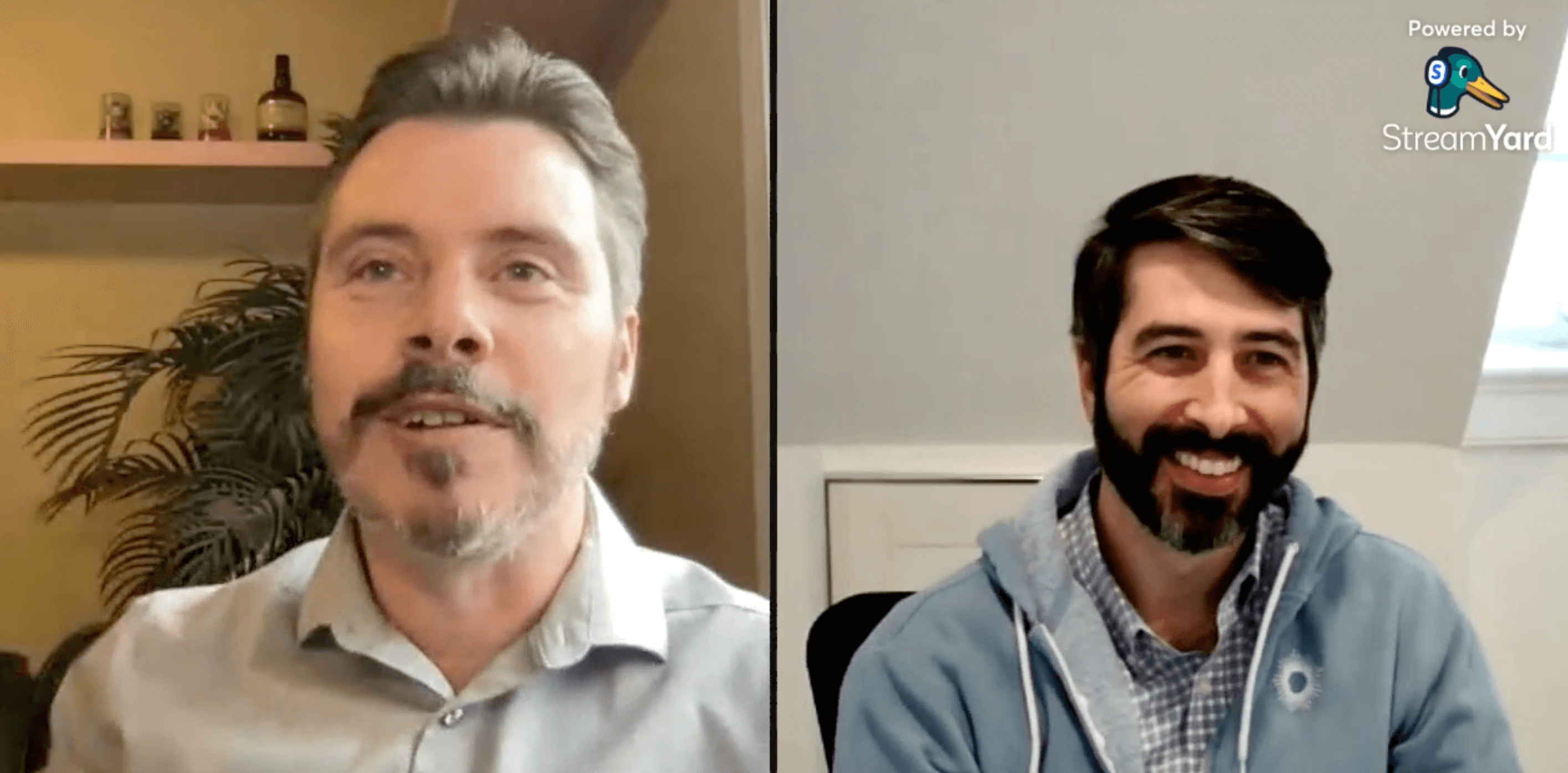Hot take: if recruiting teams only focus on forming relationships with candidates within the hiring funnel, then they’re missing out on a lot of talent. That’s where continuous candidate engagement comes in. Let’s explain…
The traditional idea of the candidate experience is short and sweet. It starts when talent becomes a candidate, and ends when they’re rejected. But what about before and after?
Charles Mah, Chief Customer Officer at iCIMS, sat down with GoodTime’s CEO and Head of Company Strategy, Ahryun Moon, to share his strategy for continuously engaging candidates. This “customer-driven” hiring model converts candidates into engaged ambassadors of your brand, helping your hiring team make the most coveted hires.
Here’s the TLDR with five takeaways from the session.
1. The Talent Acquisition Model is Antiquated
The talent acquisition model is in dire need of a makeover. TA has always been about simply filling positions, and this used to be sufficient. But as the talent landscape continues to undergo major changes — with the rise of the distance economy, remote work, and a candidate-driven market, to name a few — we also need to change our candidate engagement.
Traditionally, the TA model is short and linear. Recruiting teams send mass amounts of emails and in-mails in a sourcing frenzy, interviewing candidates, and then relaying offers and rejections. The point when candidates enter the recruitment funnel and start interviewing is thought of as the prime time to focus on the candidate experience. However, the experience is largely neglected during all other touchpoints.
This process is no longer up to the standards of what candidates want out of their hiring experience. Candidates want to feel engaged at every stage of recruitment. This means before, during, and after the process.
2. Create Candidate Relationships — Not Just Candidate Experiences
Move over, candidate experience, and make way for the candidate relationship.
The candidate experience is all about how candidates gauge their interactions with potential employers during the hiring process. Having recruiting teams focus on creating a positive experience for candidates is undoubtedly important, but the candidate experience as it’s traditionally executed comes with pitfalls. That’s why we need to shift towards crafting rich, engaging candidate relationships.
When companies focus on the candidate experience, they don’t usually nurture the connection with the talent they’ve passed on. This is mistake number one: failing to connect with rejected candidates prevents you from tapping into them for new roles.
Mistake number two occurs when hiring teams neglect to cultivate the candidate relationship before the interviewing stage. Candidates often have multiple job offers on the table, and the companies that go the extra mile to engage potential hires pre-interview are the ones that stand out.
3. Hiring Pools Still Lack Representation
Creating diverse talent pools is a major talking point in the recruiting world, yet data shows that there’s still a lot of work to be done in turning these conversations into actions. Even as recruiting teams expand their talent pools, they struggle to move the diversity needle.
“We’ve seen an average of 11% to 15% of diverse candidates get the opportunity to interview.
That’s still far below where it needs to be.”
– Charles Mah, Chief Customer Officer at iCI
The current methods of recruiting candidates aren’t conducive to championing diversity. If recruiters want to bring a wider range of representation to their talent pools and tap into more diverse candidates, they need to change the ways that they engage and evaluate quality candidates.
4. Recruiting Teams Need CCE
It’s time to treat candidates like customers and focus on continuous candidate engagement (CCE). Just as brands engage and re-engage with their customers, CCE refers to the ongoing, value-driven connection between candidates and an organization. It’s established through continuously nurturing candidates.
CCE starts with reaching out to candidates about ideas that you’re mutually interested in, such as by sending relevant blogs or podcasts. You can then add these candidates to your CRM to nurture this engagement.
The next step is to connect candidates in your CRM to larger-scale events, whether this means hackathons or ERG events. When it comes to diversifying your talent pool, encouraging participation in ERG events can greatly accomplish this goal.
Participation in these events leads to networking. By connecting your talent pool to hiring managers and ERG members, you can facilitate genuine connections.
After using your CRM to collect data on these dynamic experiences, you now have a high-quality pool of engaged candidates to interview, already pre-vetted on key soft skills. Rejected candidates are not forgotten – the CCE model moves them back to the talent network and continuously nurtures those connections.
5. Why Ongoing Candidate Engagement Matters
CCE is the key to building meaningful candidate relationships for life. Through facilitating ongoing candidate engagement, these incredible experiences with talent not only build diverse and highly skilled workforces, but a community of loyal customers as well.
“Ongoing engagement creates a network of extremely engaged talent that will jump at the opportunity to work at your company.”
– Charles Mah, Chief Customer Officer at iCIMS
If you want to build a CCE engine that breathes life into your candidate relationships, look at your tech stack. iCIMS’ CRM allows you to cultivate robust relationships with candidates by creating moments that matter.
At GoodTime, our automated interview scheduling solution elevates your hiring team’s ability to connect with and win top talent at scale (and save your team major time and money along the way).
Use our free ROI calculator to see how much time and money you could save on hiring by using GoodTime.









